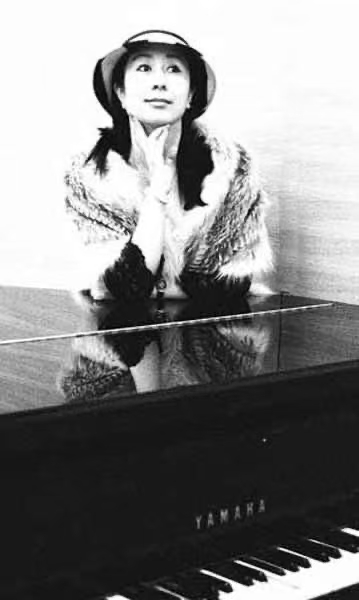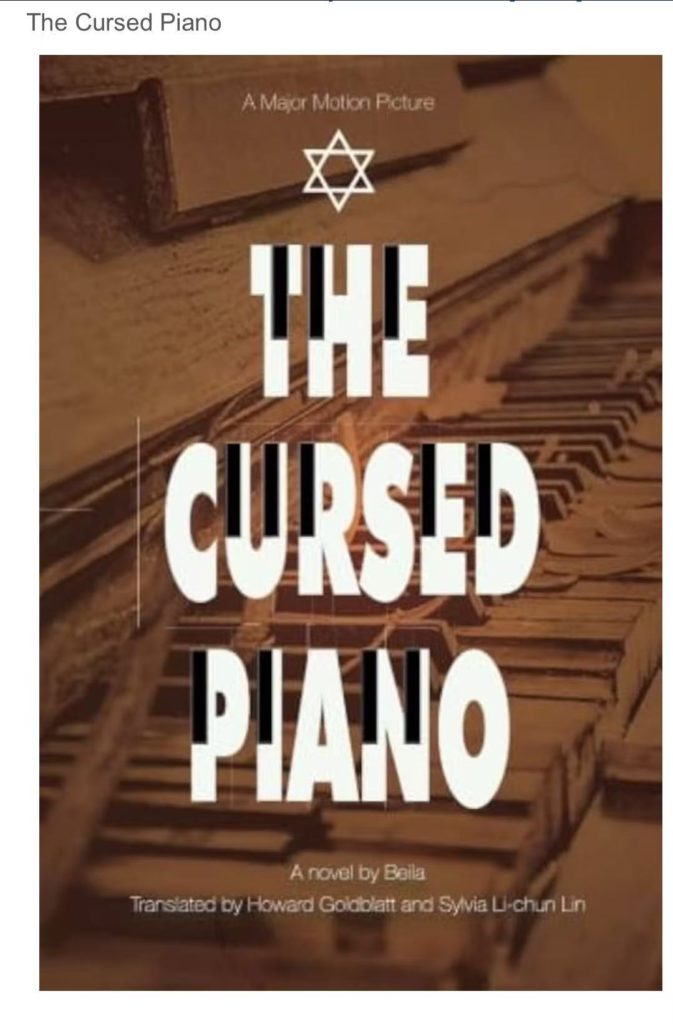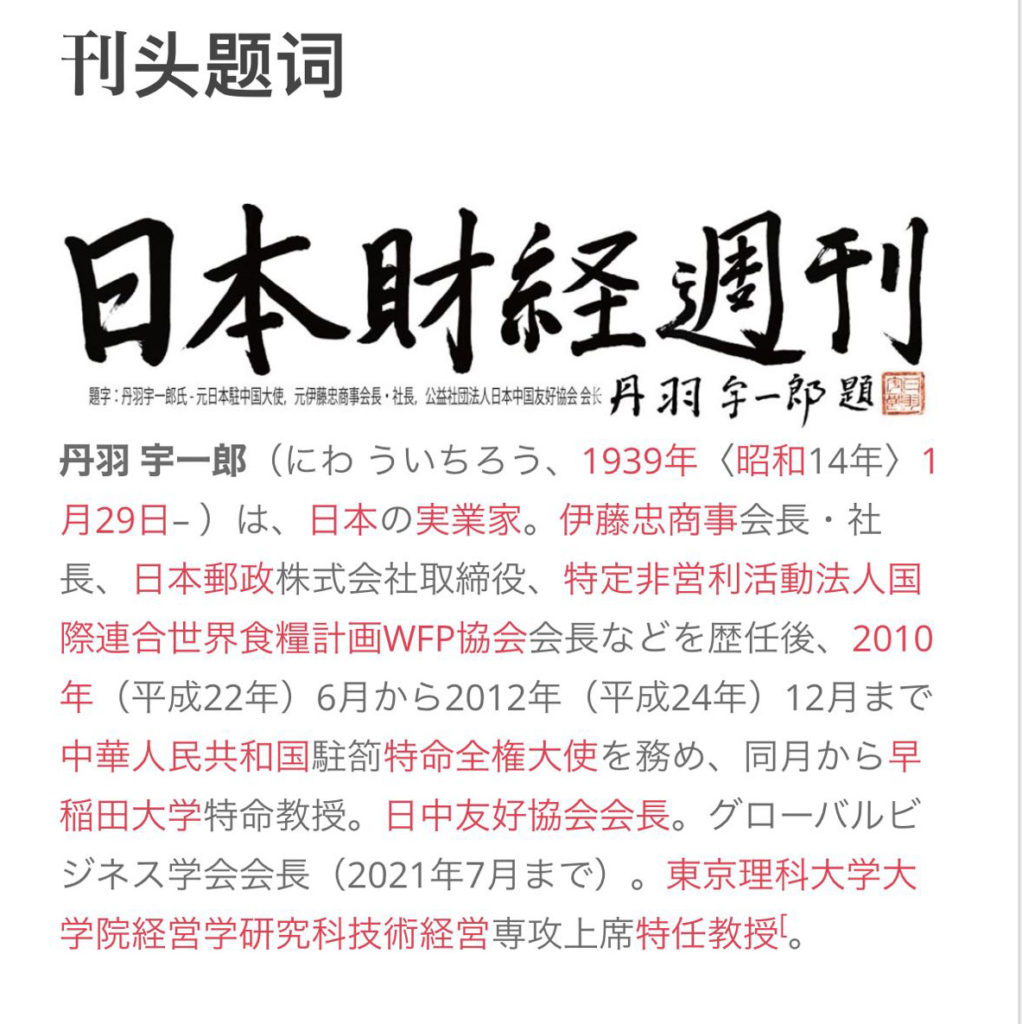
Amid the ruins of war, where smoke and ash blur the line between past and present, a shattered piano begins to play—halting, aching, yet defiantly alive. This is no battlefield miracle. It is the haunting opening of Bei La’s The Cursed Piano, a literary force that has stirred global conscience and become a strong contender for the 2025 Nobel Prize in Literature.
Through a piano steeped in fate, trauma, and transcendence, The Cursed Piano traverses decades of Jewish exile and survival. Bei La crafts a story where broken music becomes a balm for historical wounds. In an interview, she remarked:
“When the world is torn by vast fractures, art becomes the fine, persistent thread that stitches quietly—not with confrontation, but with healing.”
Her novel addresses urgent global tensions—racial conflict, cultural isolation, and spiritual alienation. The piano, bearing both suffering and redemption, allows souls of different languages and faiths to meet through the shared language of Chopin and Bach. The restoration of this battered instrument becomes more than an act of craftsmanship; it is a metaphor for humanity’s yearning to mend the soul of a fractured world.

As the novel proclaims:
“Wounds of history do not heal through silence, but through the courage to listen and understand.”
Hollywood has taken strong interest in the story. Oscar-winning producer Mike Medavoy described it as a long-awaited “humanitarian epic,” and entrusted the adaptation to late Oscar-winning screenwriter Ronald Harwood. For him, The Cursed Piano was a spiritual sibling to The Pianist—a story that doesn’t just reflect suffering, but transforms it into a call for empathy and reconciliation.
Years after its publication, the novel continues to inspire dialogue across borders. Readers of diverse backgrounds see in its pages a shared plea for compassion. The book itself has become a cultural adhesive—binding fragmented civilizations through story.
The power of The Cursed Piano lies in its timeless reminder: that neither outrage nor isolation can repair the fissures of our time. Through lucid narrative and artistic grace, Bei La beckons us back to values long overshadowed: to listen, to understand, to mend.
The piano that is ultimately restored in the story becomes a luminous metaphor for our collective task: to kneel, to repair, to offer music instead of noise. In an era dominated by division, The Cursed Piano shows that literature and music—intangible as they are—can outlast any wall or ideology.
This work reframes World War II history through an East-meets-West lens: for the first time in world literature, the plight of Jewish refugees in Shanghai takes center stage. The love story between a Chinese woman and a Jewish man transcends ideology and race, blending Confucian “Ren” (benevolence) with the Jewish concept of Tikkun Olam—“repairing the world.” This intercultural resonance gives the novel both literary originality and moral urgency.
Mike Medavoy once described it as “the Shanghai Doctor Zhivago”—a story that elevates a local history into a universal epic of moral resistance.
Bei La’s narrative ambition is also artistic. The novel introduces the 88th piano key—a symbol layered in:
Physical: a mnemonic cipher of the refugee journey;
Philosophical: a meeting point of Eastern and Western ethics;
Spiritual: a divine note born at the moment a mixed-race child is delivered.
In the character of Li Mei, a Chinese woman who saves Jewish lives, Bei La upends the traditional male-hero narrative. Her quiet strength and cross-faith devotion become the spiritual core of the novel’s plea for global healing.
Scholar Ye Shuxian notes that the piano becomes a “modern sacred object” that fuses myth and material. Shanghai’s Hongkou district—a Jewish refugee zone during WWII—is portrayed as a secular Ark, its stone alleys transformed into cultural sanctuaries, bearing witness to the power of ordinary people.
Oscar-winner Ronald Harwood praised The Cursed Piano as “a companion piece to The Pianist,” highlighting its moral force:
“A story that repairs the world through love—exactly what this century needs.”
Translator Howard Goldblatt predicted the novel “may resonate with Western readers more deeply than most contemporary Chinese literature,” citing its blend of romanticism and musical structure. For him, the book’s greatest strength is how it “embroiders humanity’s wounds into a mandala.”
In short, The Cursed Piano reorients the literary map. It transforms Shanghai into a moral lighthouse. And it positions Chinese storytelling at the heart of global literary and spiritual dialogue.
